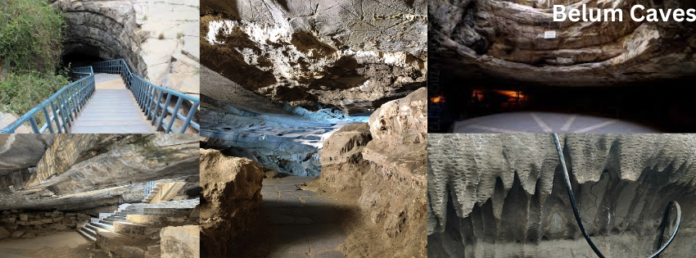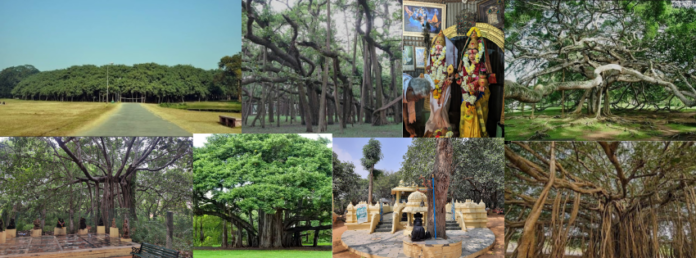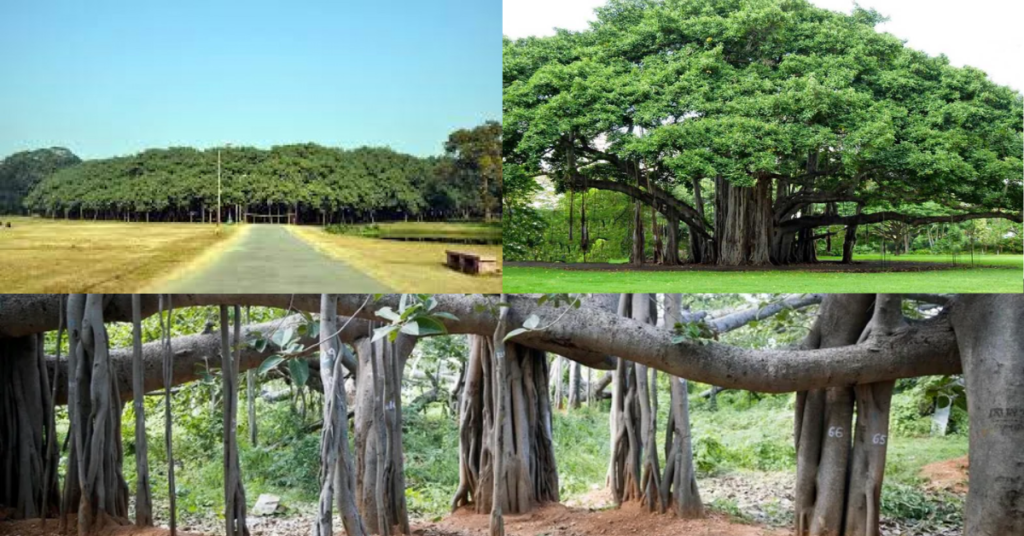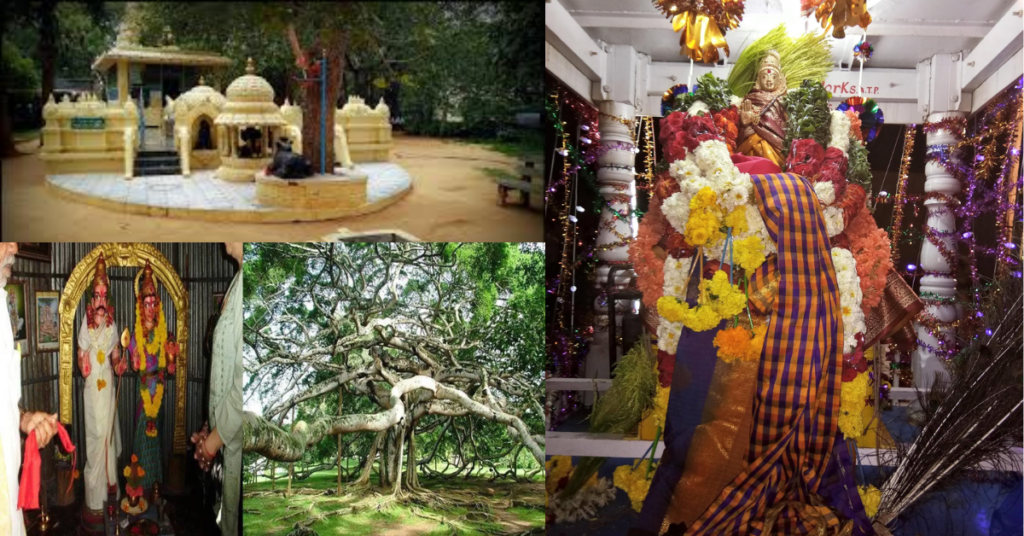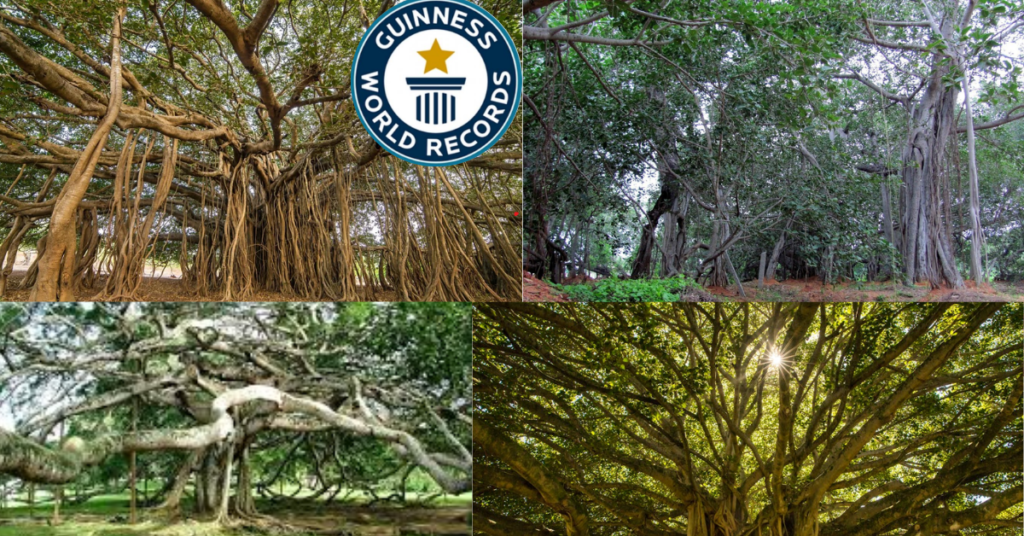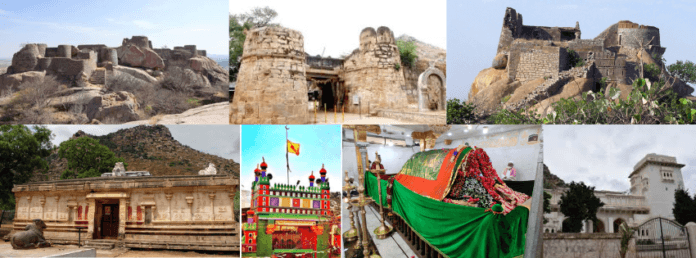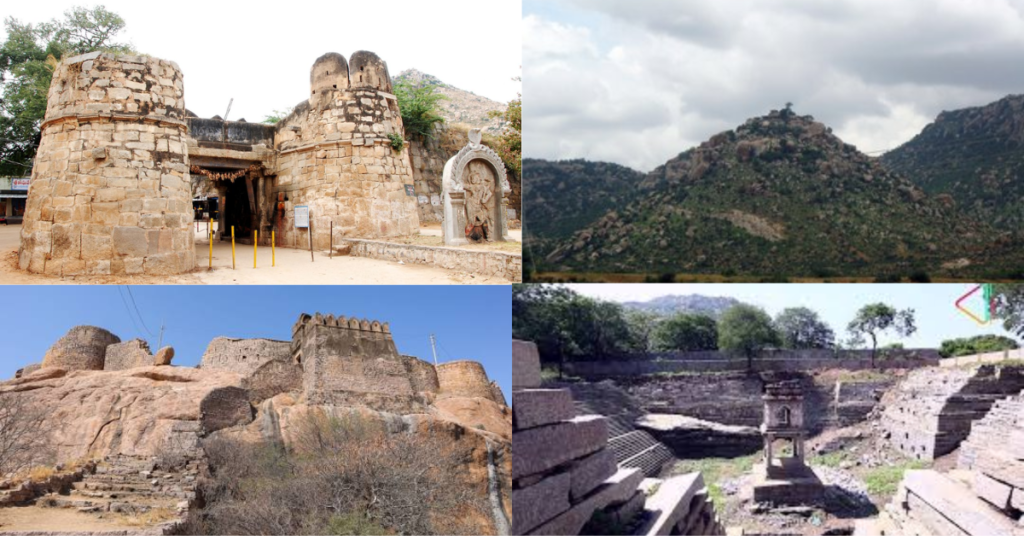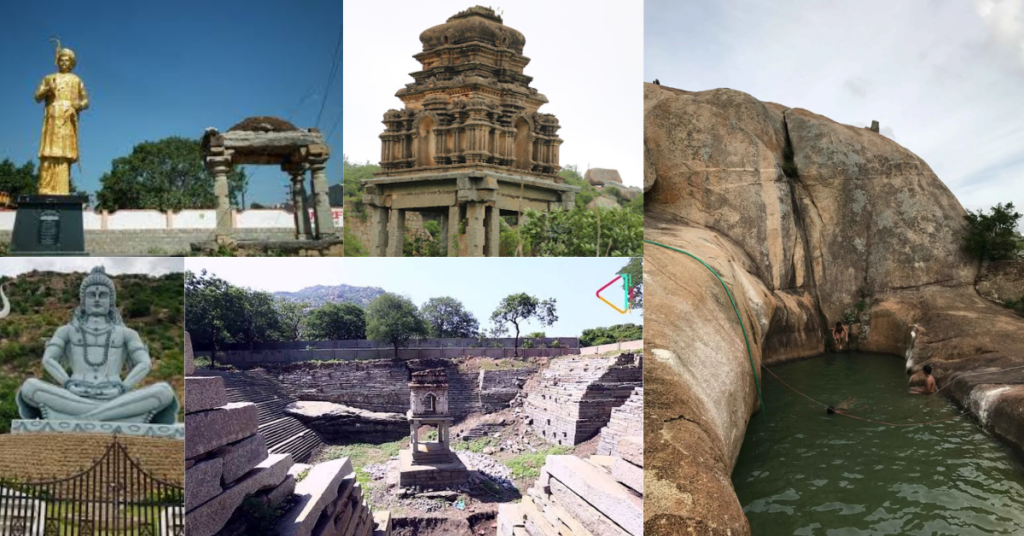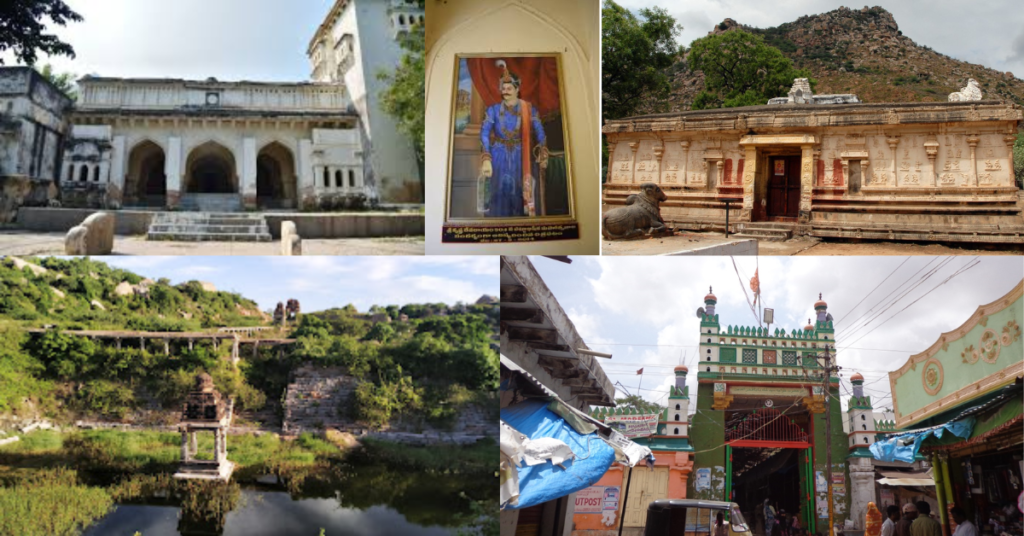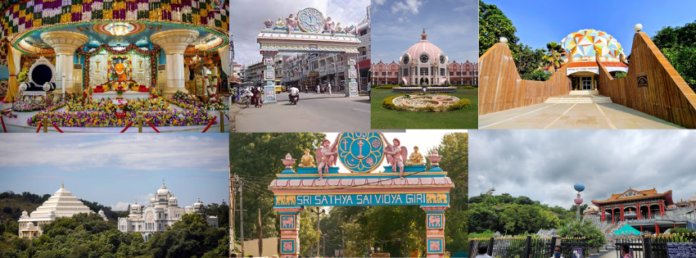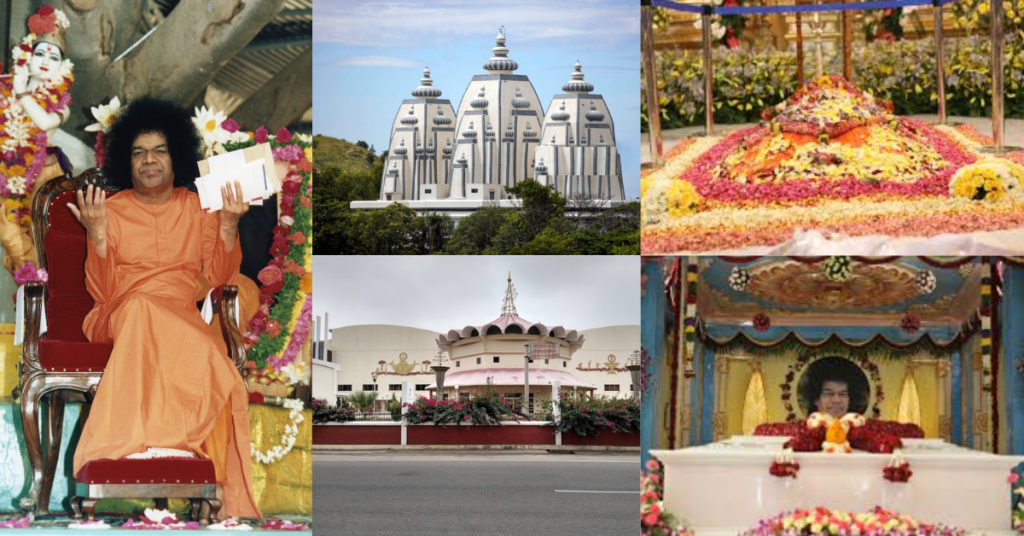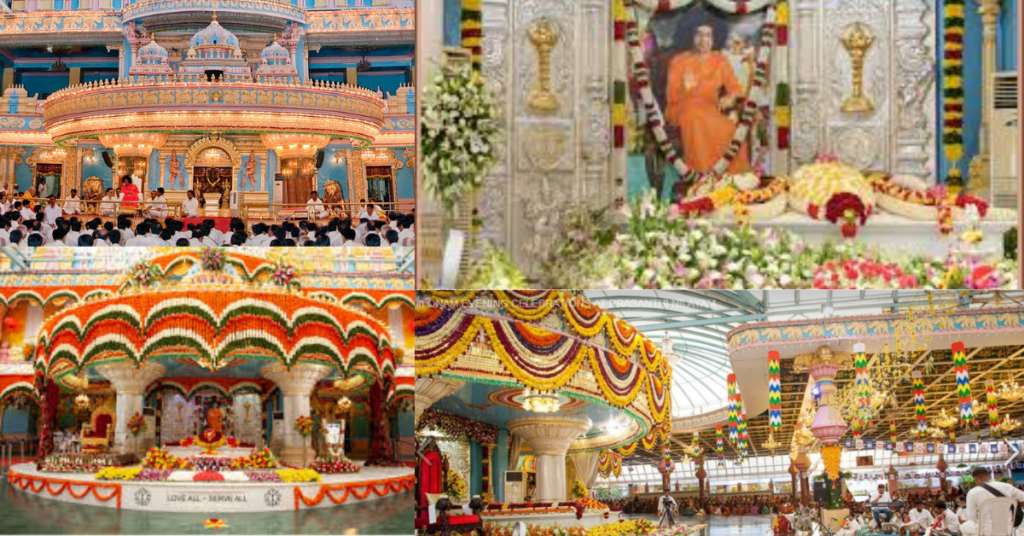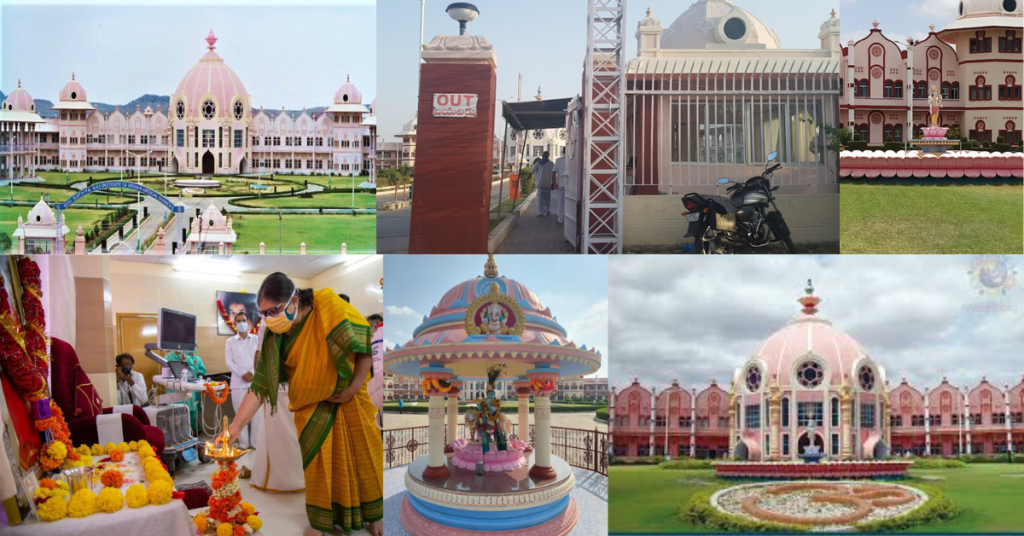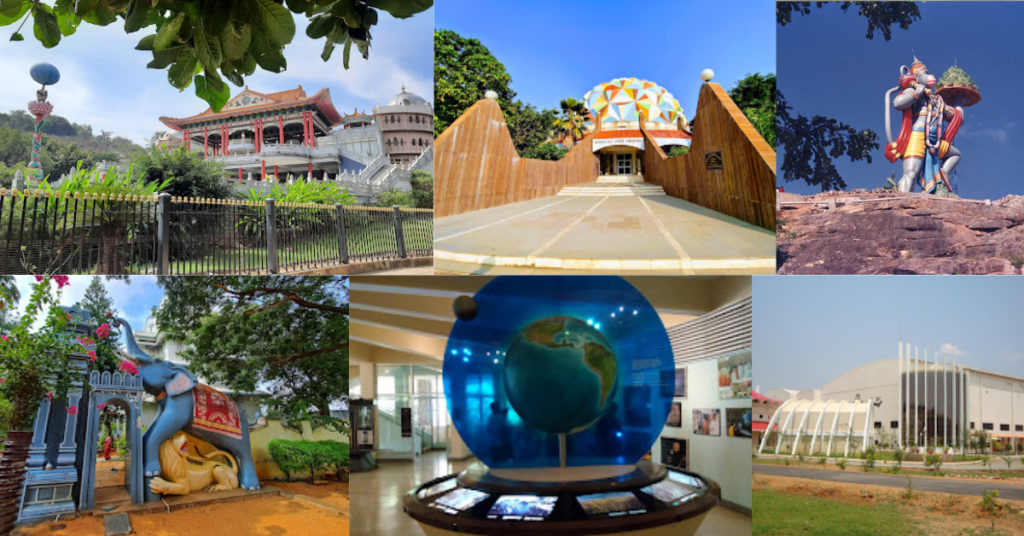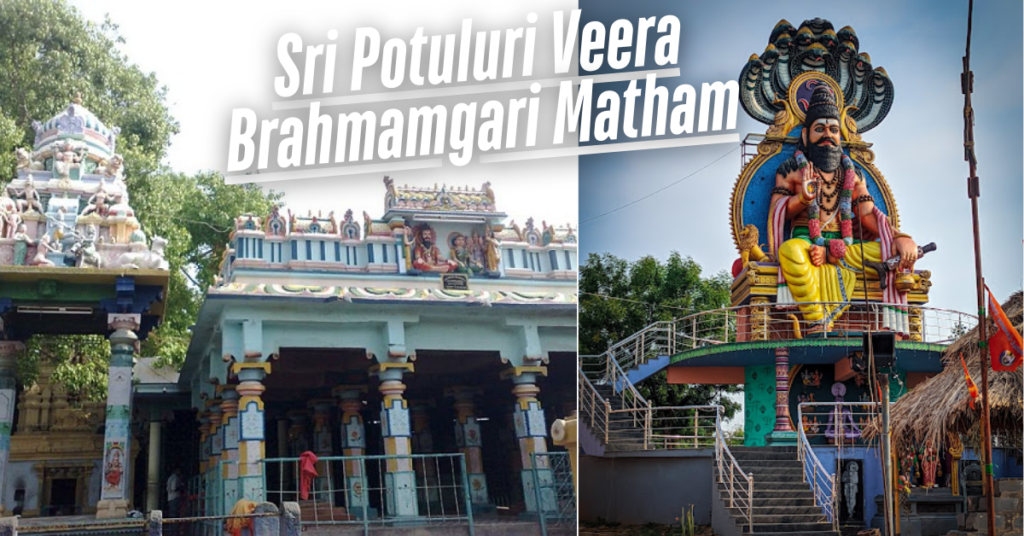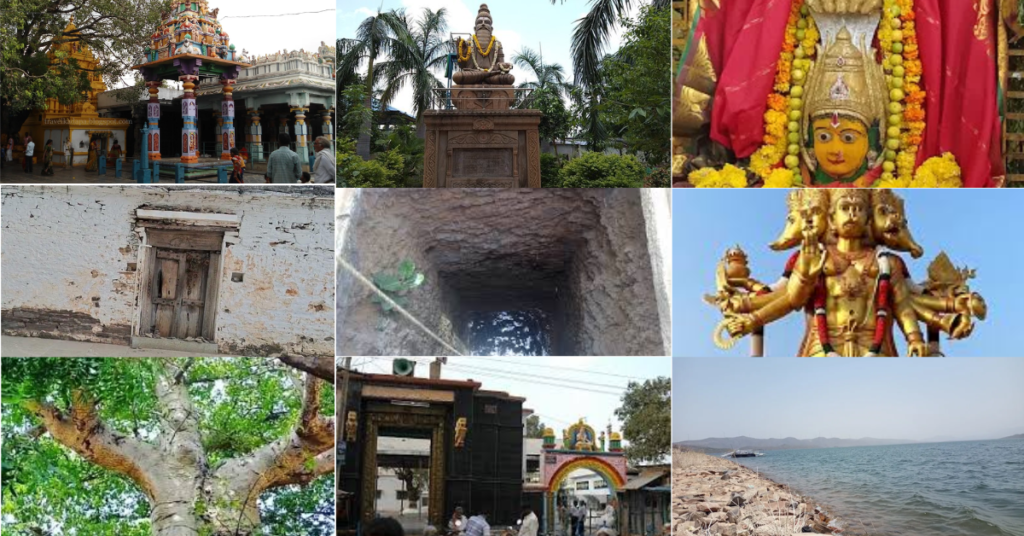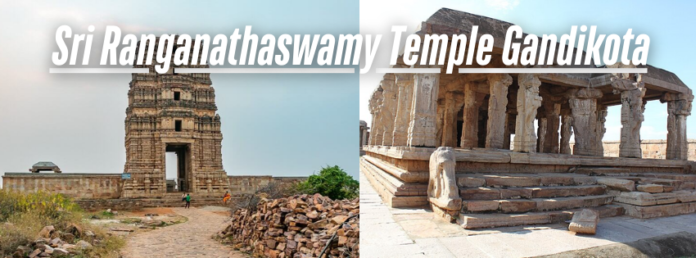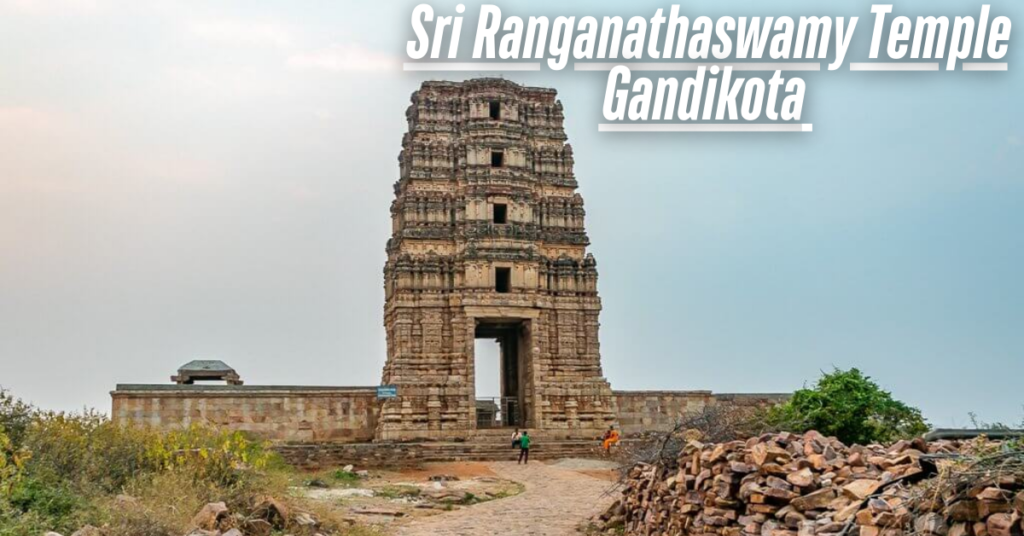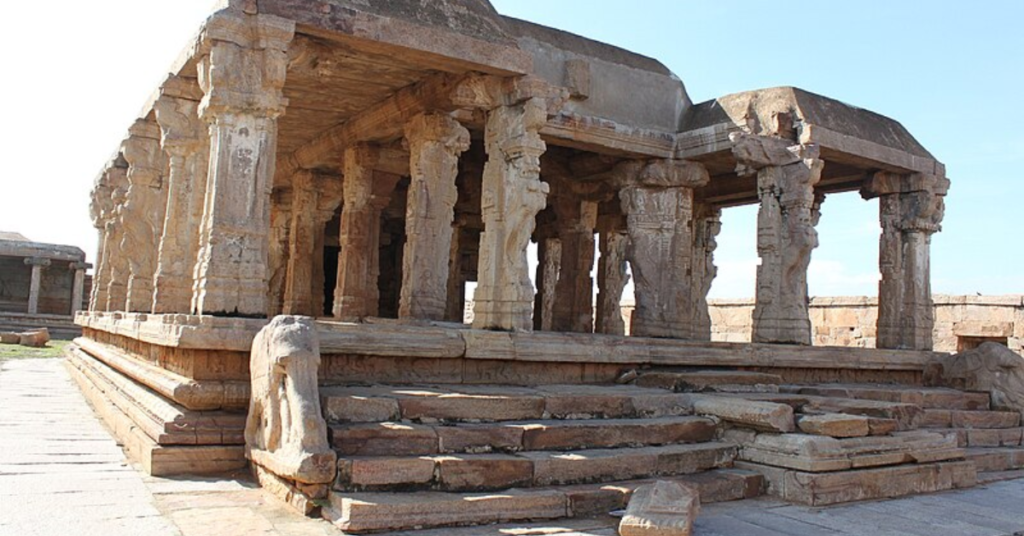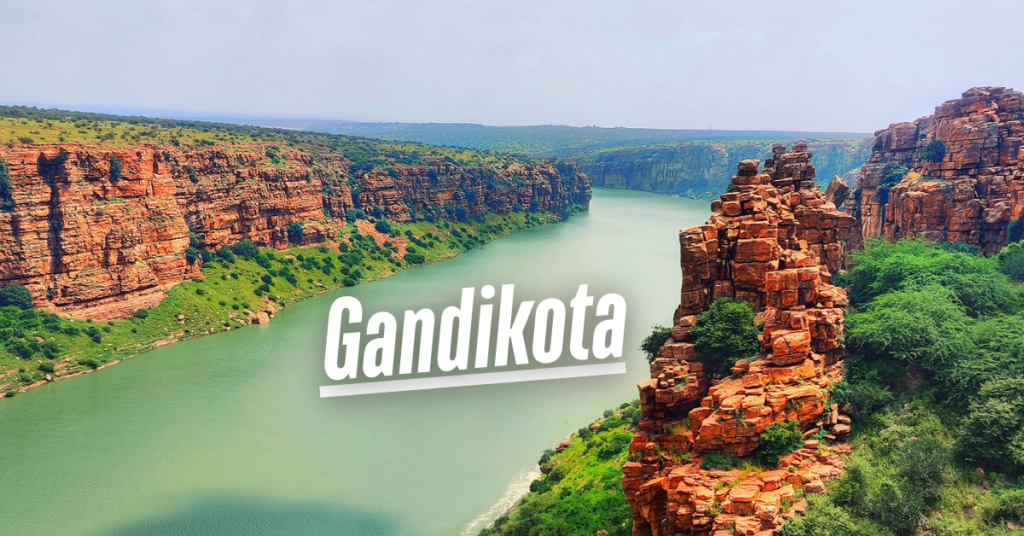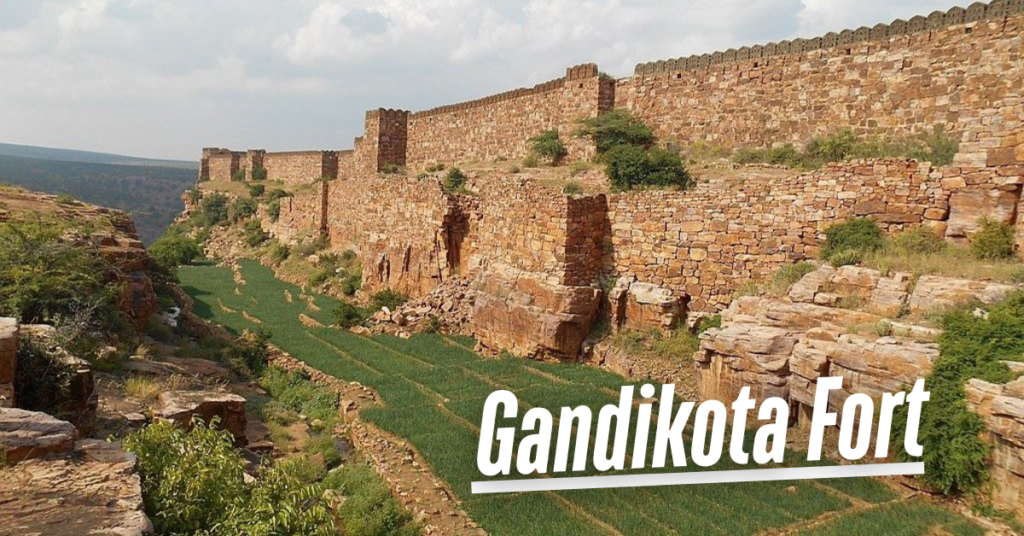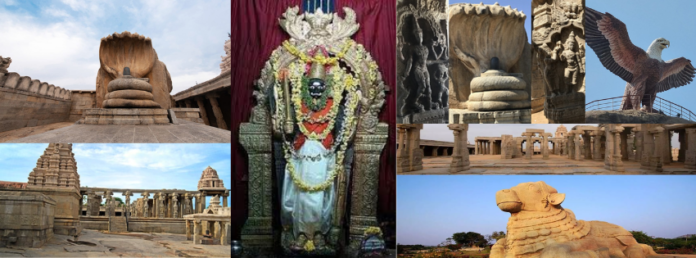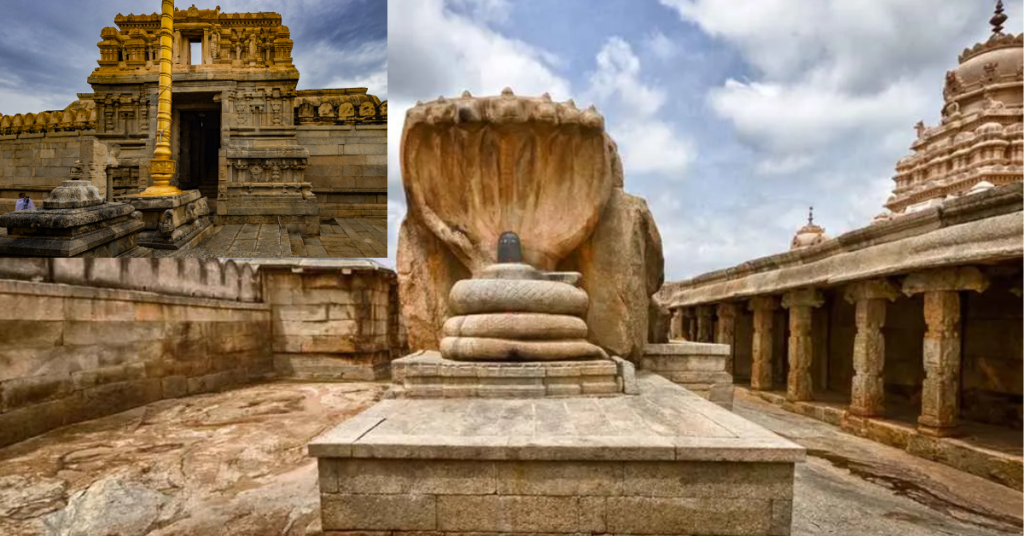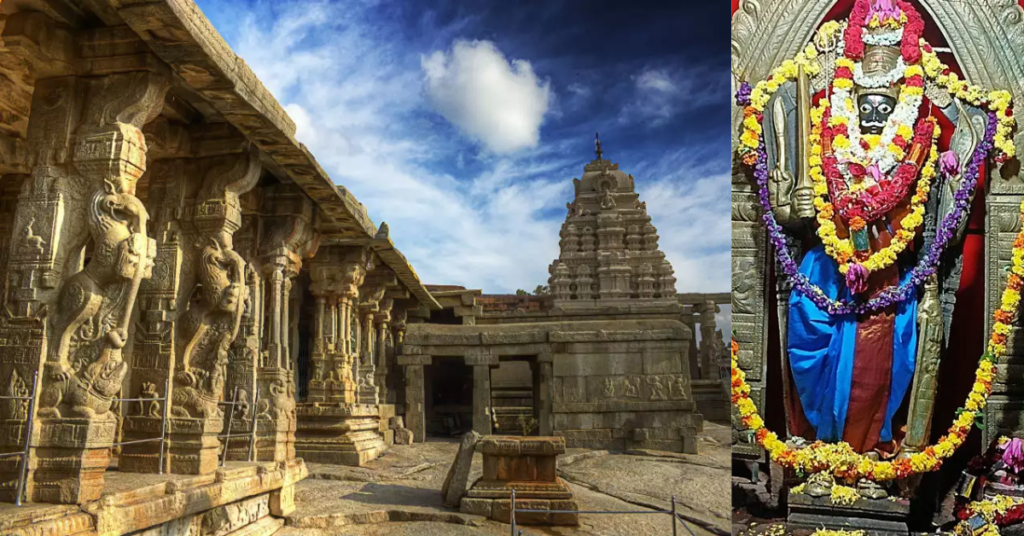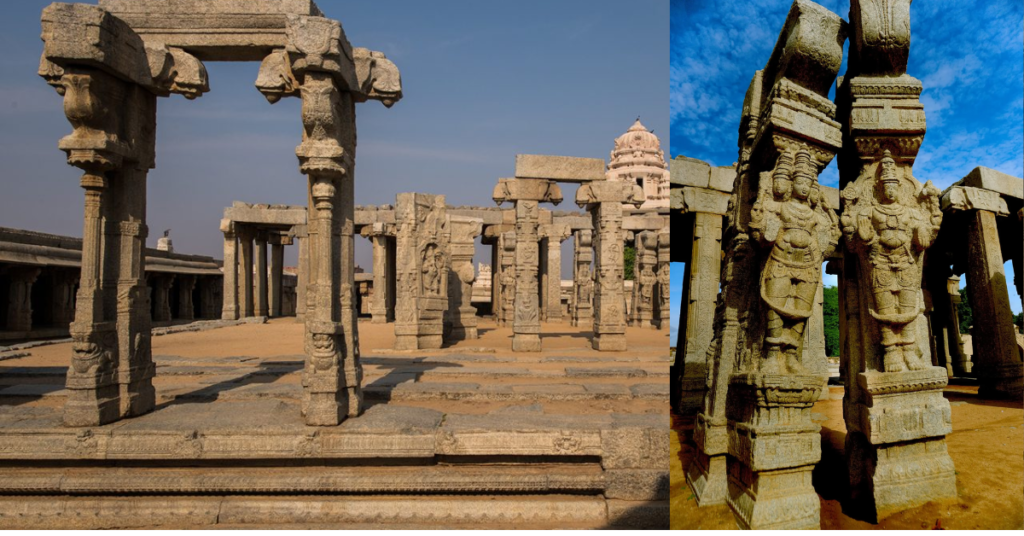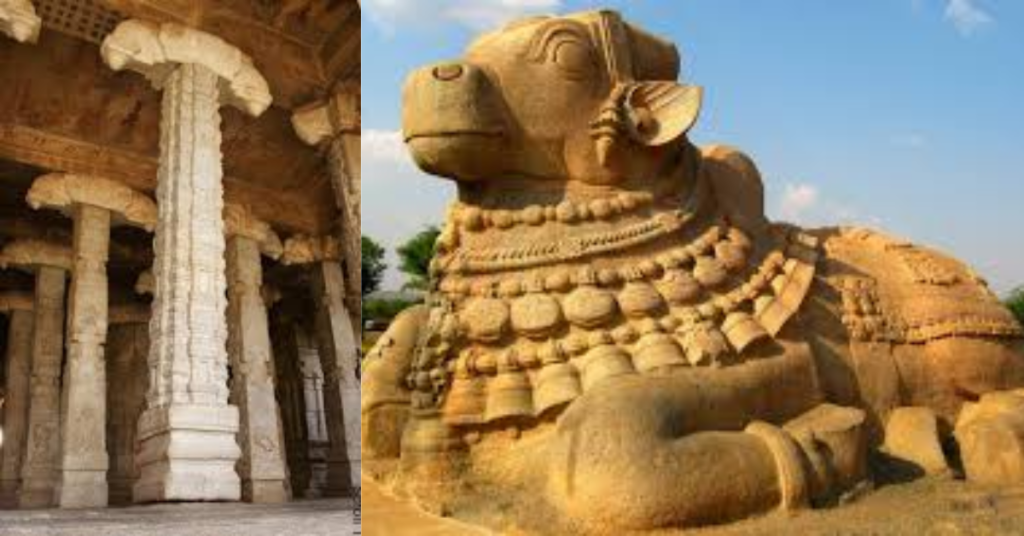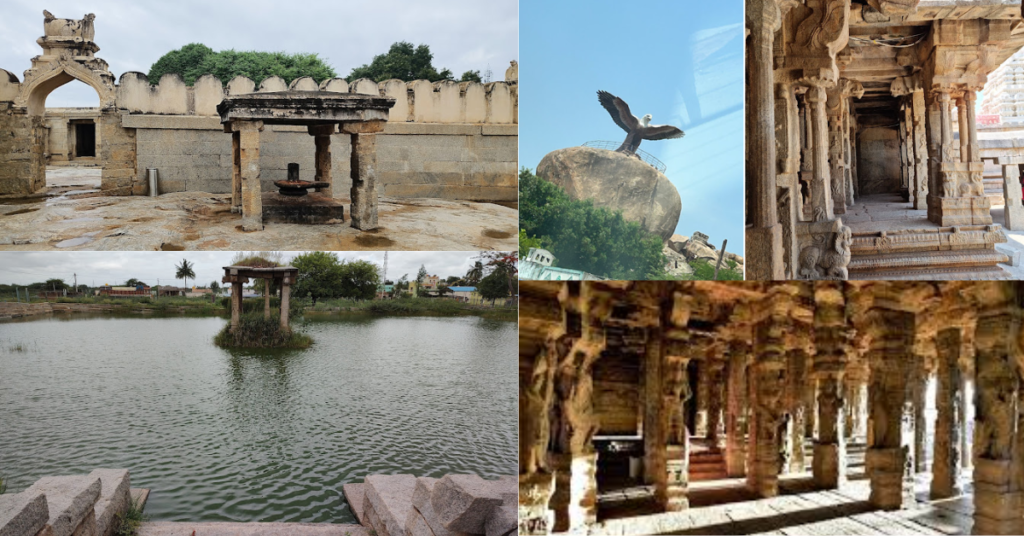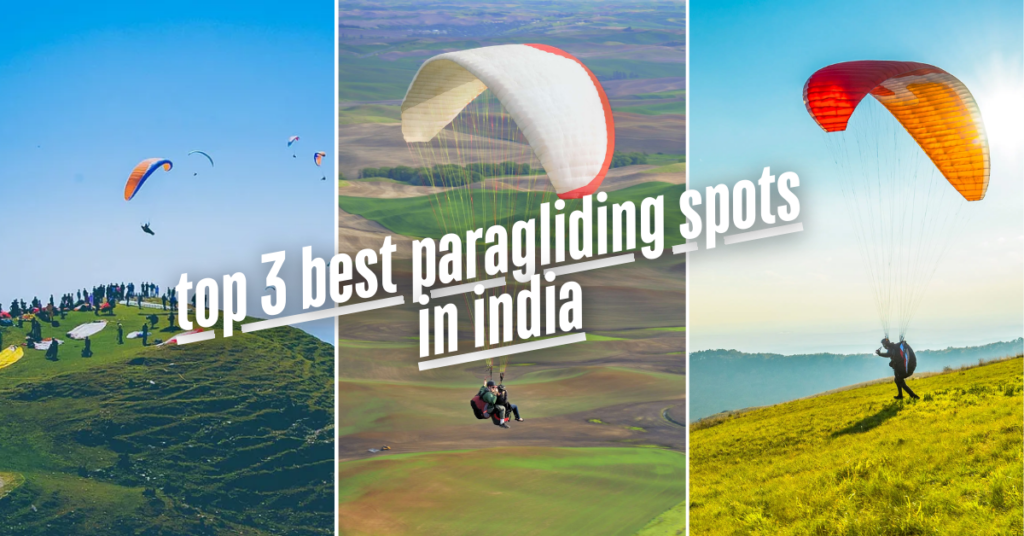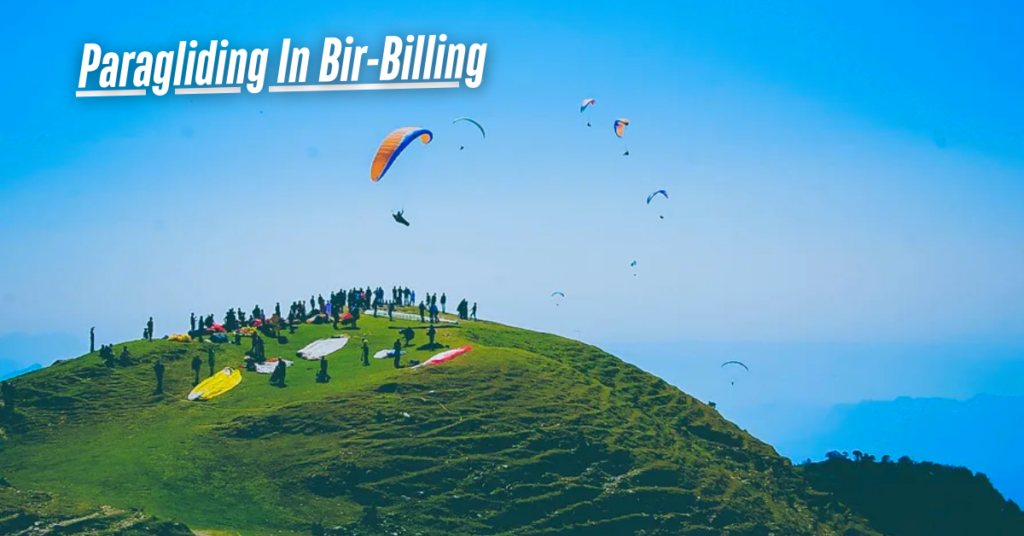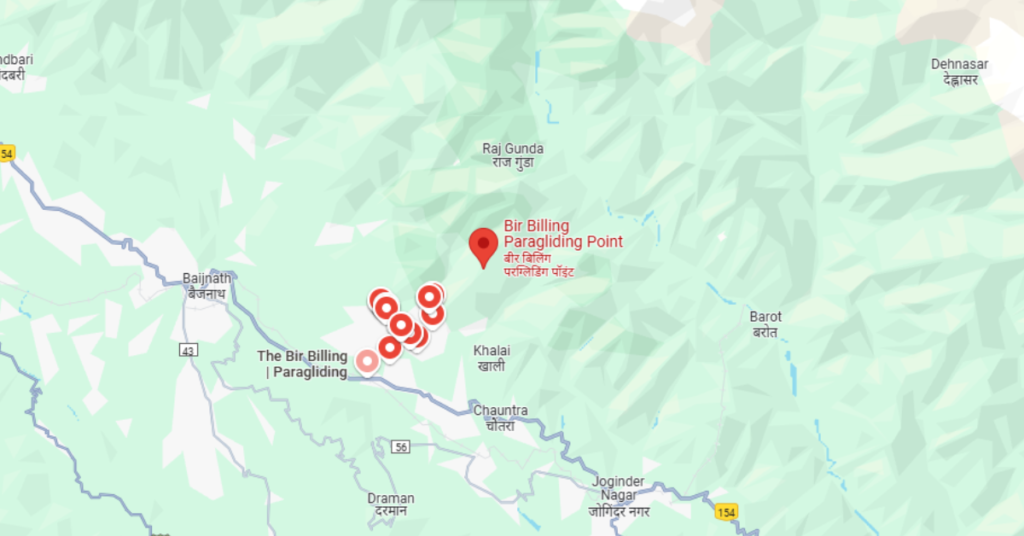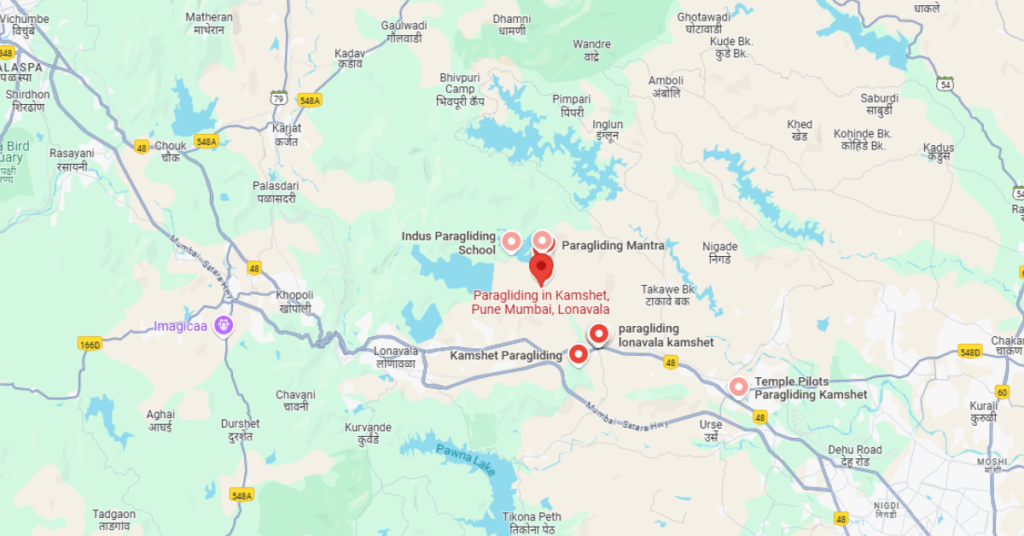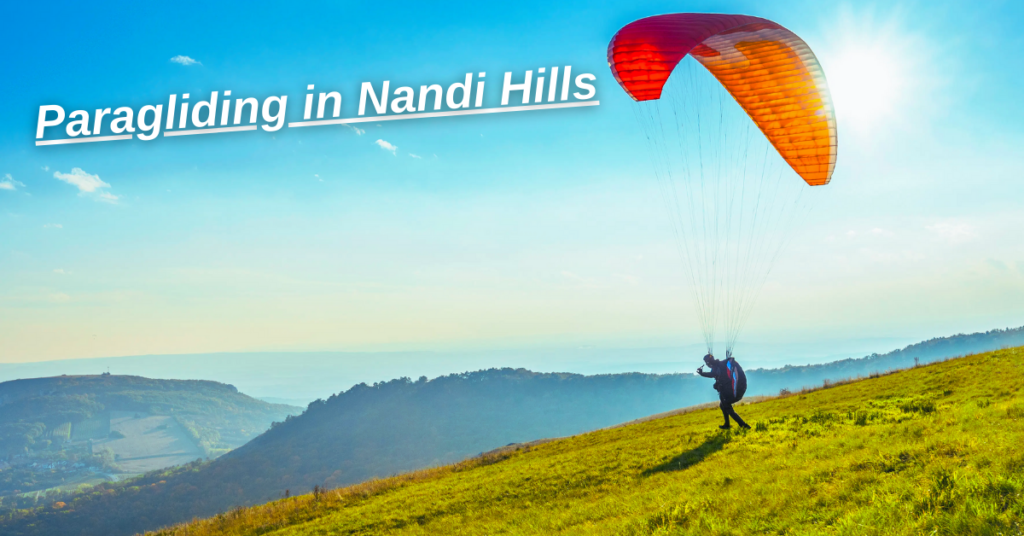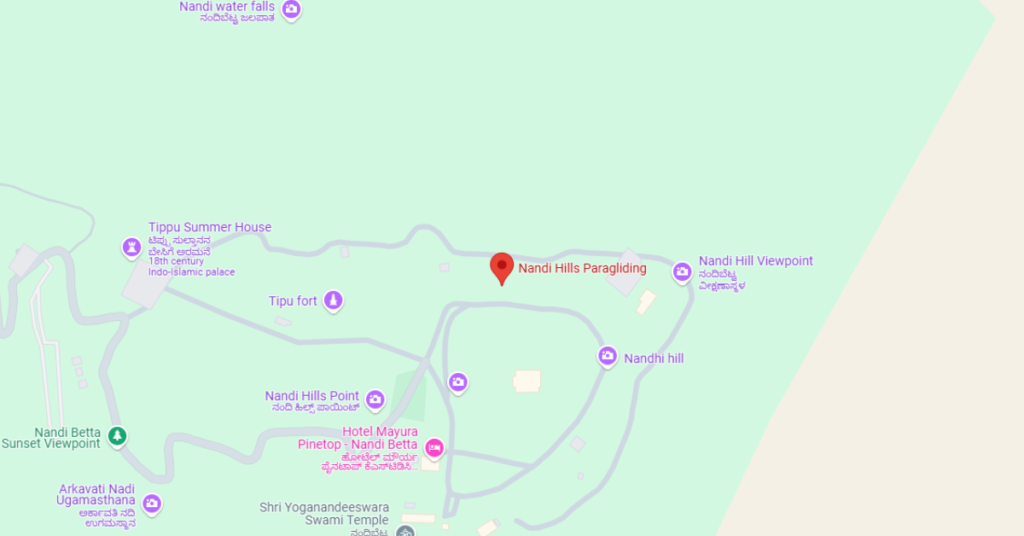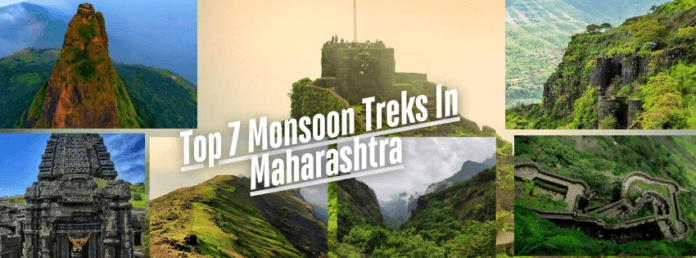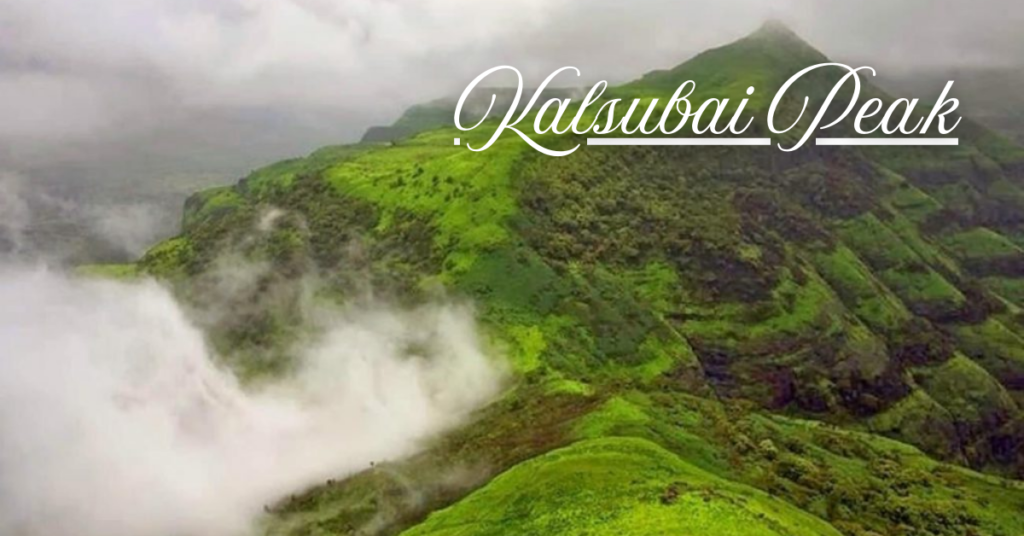Introduction: A Journey Begins
Beneath the rocky terrains of Andhra Pradesh, a subterranean marvel waits to be discovered. Imagine walking into the earth and finding a world sculpted by nature over millennia. Belum Caves is the second-largest cave system in India, renowned for its breathtaking stalactite and stalagmite formations. As an adventure seeker, you’ll find more than just a natural wonder—it’s a journey back in time, a brush with geological magnificence, and a glimpse into India’s hidden treasures.

A Personal Encounter: My Journey to Belum Caves
The decision to explore The Caves came after numerous wanderlust-filled discussions with friends. Our trip was spontaneous—one chilly November morning, we packed our bags, booked our tickets, and set out on a road trip to Kurnool. The journey was long, but the excitement grew with every mile.
As we approached the entrance of Belum Caves, I couldn’t help but marvel at the serene surroundings. The initial descent into the caves felt surreal, like stepping into another dimension. We were greeted by cool, humid air and the subtle, echoing sound of water droplets—a stark contrast to the world above.
Also Read: Exclusive Of Sri Pothuluri Veera Brahmamgari Matam: A Spiritual Journey to Kandimallai Village
Historical Context: Unearthing the Past
Belum Caves’ history dates back millions of years. Formed by the continuous flow of underground water, the caves boast intricate formations that leave visitors in awe. Archaeological excavations have revealed relics from the Buddhist period, highlighting the cave’s significance as a historical site. It is said that Buddhist monks once meditated here, adding a spiritual layer to the caves’ natural grandeur.
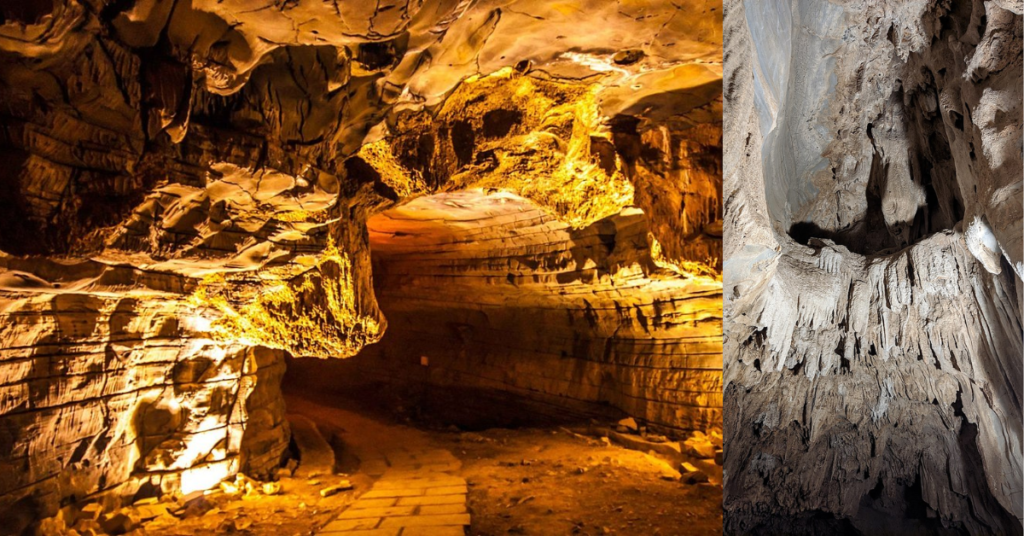
The Geological Wonder of Belum Caves
Belum Caves span 3.5 kilometers, with 1.5 kilometers accessible to visitors. Underground water continuously carved these caves over millions of years, shaping a breathtaking landscape filled with intricate rock formations. Flowing water sculpted smooth passageways, deep chambers, and stunning stalactites and stalagmites, making the caves a geological wonder. Visitors can explore the winding tunnels, witness unique limestone formations, and experience the fascinating history etched into these ancient caverns.
Highlights: Stalactites, Stalagmites, and Beyond
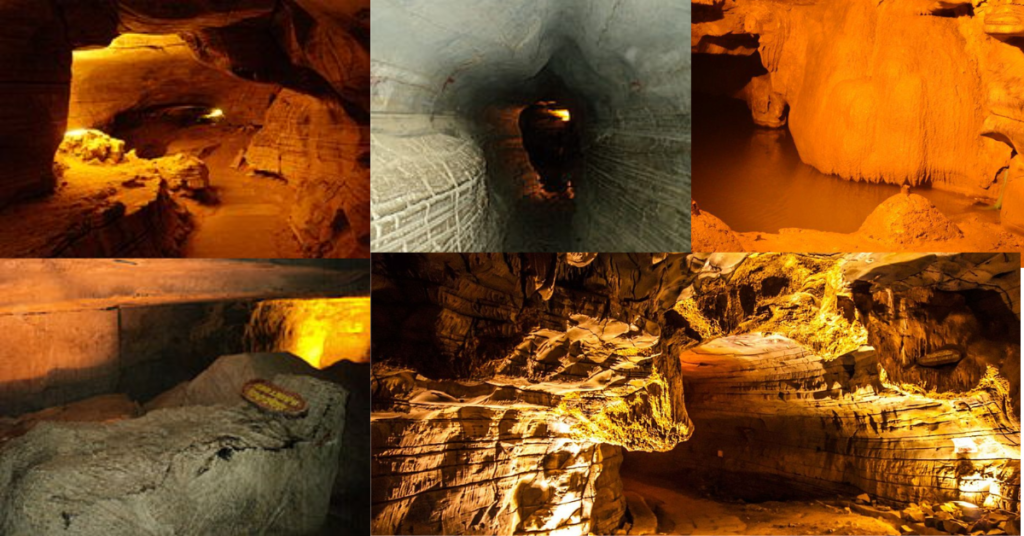
Intricate Formations
As you navigate through the dimly lit pathways, you’ll encounter awe-inspiring stalactites hanging from the ceiling and stalagmites rising from the ground. These formations, created by the slow deposition of minerals over thousands of years, resemble chandeliers and pillars, each telling a unique geological story.
Patalganga: The Underground Stream
One of the most fascinating features of The Caves is Patalganga, an underground stream that flows through the caves. This stream adds a mystical touch to the already enchanting atmosphere, making the exploration even more exhilarating.
Meditation Hall: A Peaceful Retreat
Deep within the caves lies the Meditation Hall, a chamber known for its peaceful ambiance. It is said that Buddhist monks used this chamber for meditation, and standing there, you can almost feel the serene energy that must have filled the space centuries ago.
Thousand Hoods: The Cobra Formations
As you venture further, you’ll come across the Thousand Hoods section. Here, the formations resemble the hoods of cobras, creating a visually striking and somewhat eerie spectacle. It’s a testament to nature’s artistry and the endless wonders hidden beneath the earth.
Saptasvarala Guha (Musical Chamber)
One of the cave’s fascinating spots is the Saptasvarala Guha, also known as the Musical Chamber. When you strike the stalactites here, they produce musical notes, echoing the cave’s playful, rhythmic side. It’s a symphony orchestrated by nature itself.
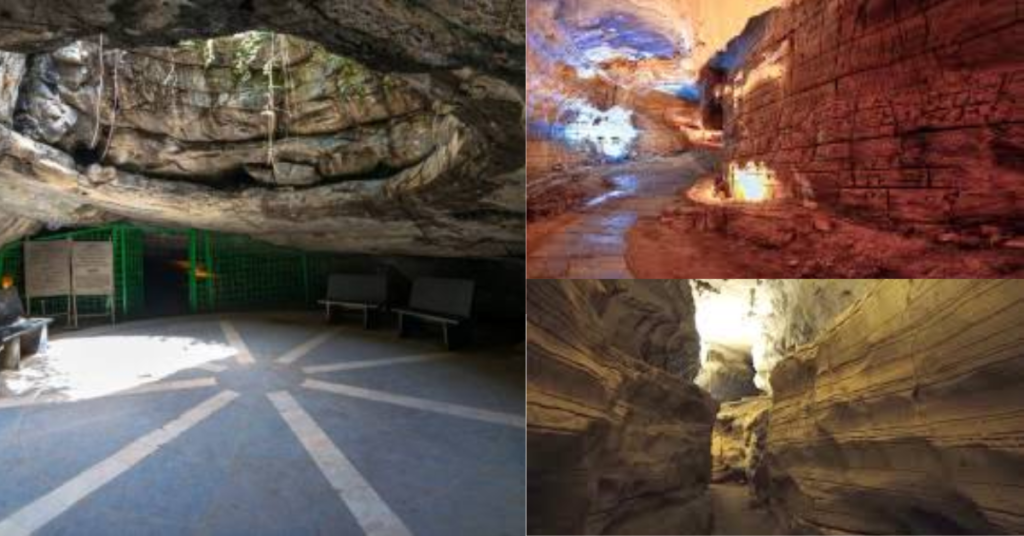
Why Visit Belum Caves?
If you love adventure, history, and nature, Belum Caves offers a once-in-a-lifetime experience. Here’s why you should visit:
🏔 India’s Second-Largest Caves – Over 3.5 km of mapped passages, with 1.5 km open to visitors.
🔦 Unique Geological Formations – Stunning stalactites and stalagmites create surreal landscapes.
🗿 Historical & Spiritual Connection – Used by Buddhist and Jain monks for meditation.
📸 Incredible Photography Opportunities – Capture breathtaking shots of underground rock formations.
Also Read: The Complete Weekend Guide for Gandikota: The Grand Canyon of India.
Best Time to Visit Belum Caves
For the best experience, visit between October and March, when the weather is pleasant and the underground caves remain cool.
| Season | Weather | Travel Experience |
|---|---|---|
| Winter (Oct-March) | Cool & comfortable | Best time to explore |
| Summer (Apr–June) | Hot & humid | Avoid due to heat |
| Monsoon (July–Sep) | Moderate rains | Limited visibility inside caves |
Interactive Map: Locate Belum Caves
How to Reach Belum Caves
📍 Location: Belum Caves, Kurnool district, Andhra Pradesh
✈️ By Air: The nearest airport is Bangalore International Airport (300 km away).
🚆 By Train: The nearest railway station is Tadipatri (30 km away).
🚗 By Road: Well-connected from Bangalore, Hyderabad, and Anantapur.
🔗 Plan Your Travel: Flights & Hotels
Where to Stay Near Belum Caves
While there are no luxury hotels near the caves, Tadipatri and Anantapur offer decent accommodations.
| Hotel Name | Location | Amenities | Price Range |
| Haritha Hotel | Tadipatri | AC rooms, restaurant | ₹1,500 – ₹3,000/night |
| Masineni Grand | Anantapur | Free WiFi, parking | ₹2,500 – ₹4,500/night |
| Treebo Trend Sri Balaji | Anantapur | Budget-friendly | ₹1,200 – ₹2,500/night |
🔗 Check Hotel Deals: Book Hotels Near Belum Caves
Practical Tips: Preparing for Your Journey
- Comfortable Clothing: Wear comfortable clothing and shoes suitable for walking in damp and cool conditions.
- Flashlight: While the caves are illuminated, carrying a flashlight can be helpful.
- Water and Snacks: Carry water and snacks, as there are limited facilities inside the caves. Camera: Don’t forget your camera to capture the stunning formations.
- Mosquito repellent: Caves can hold mosquitos, which will increase comfort.
- Portable power bank: To keep your phone charged, as you will be taking many photos.
Fun Fact: A Cave with an Underground River!
Did you know? Patalaganga, an underground stream inside Belum Caves, flows mysteriously and vanishes into unknown depths, leaving visitors amazed!
Share Your Experience!
💬 What excites you most about Belum Caves? Share your thoughts below!
🔗 Found this helpful? Share it with fellow travelers!
Conclusion: A Must-Visit for Adventure Seekers
Belum Caves, with its intricate stalactite and stalagmite formations, is a natural wonder that offers a unique adventure for travelers. Plan your visit between October and March for the best experience, and don’t forget to pack your essentials.
Ready to explore Belum Caves? Book your flights and accommodations using our affiliate links and embark on an unforgettable journey!
Frequently Asked Questions
Belum Caves are in Kurnool district, Andhra Pradesh, India.
The caves stretch over 3.5 km, with 1.5 km open to visitors.
The caves are open daily from 10:00 AM to 5:00 PM.
Yes, guides provide insights into the caves’ history and formations.
The nearest railway station is Tadipatri (30 km), and the nearest airport is in Bangalore (320 km).

